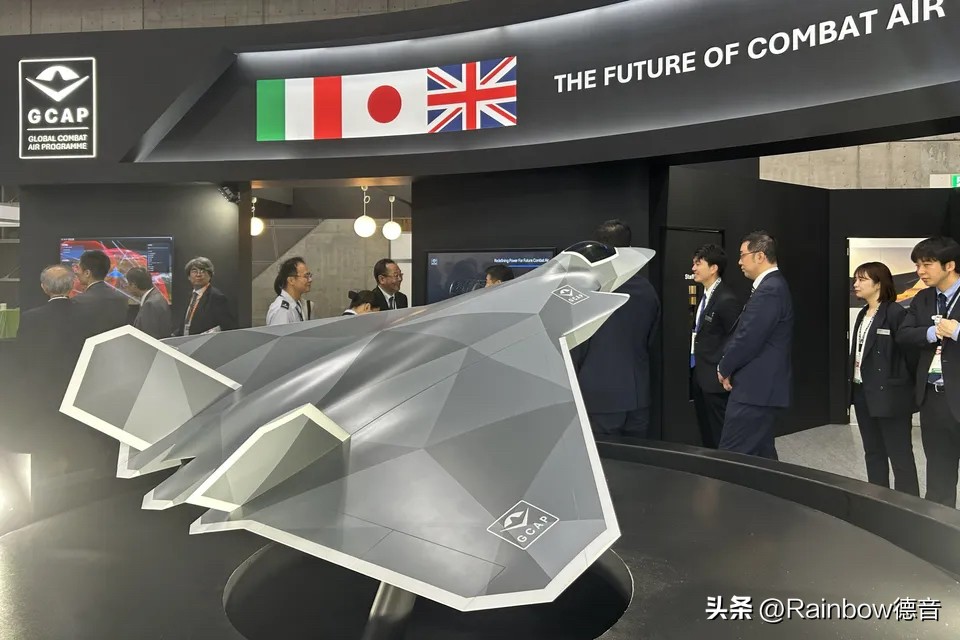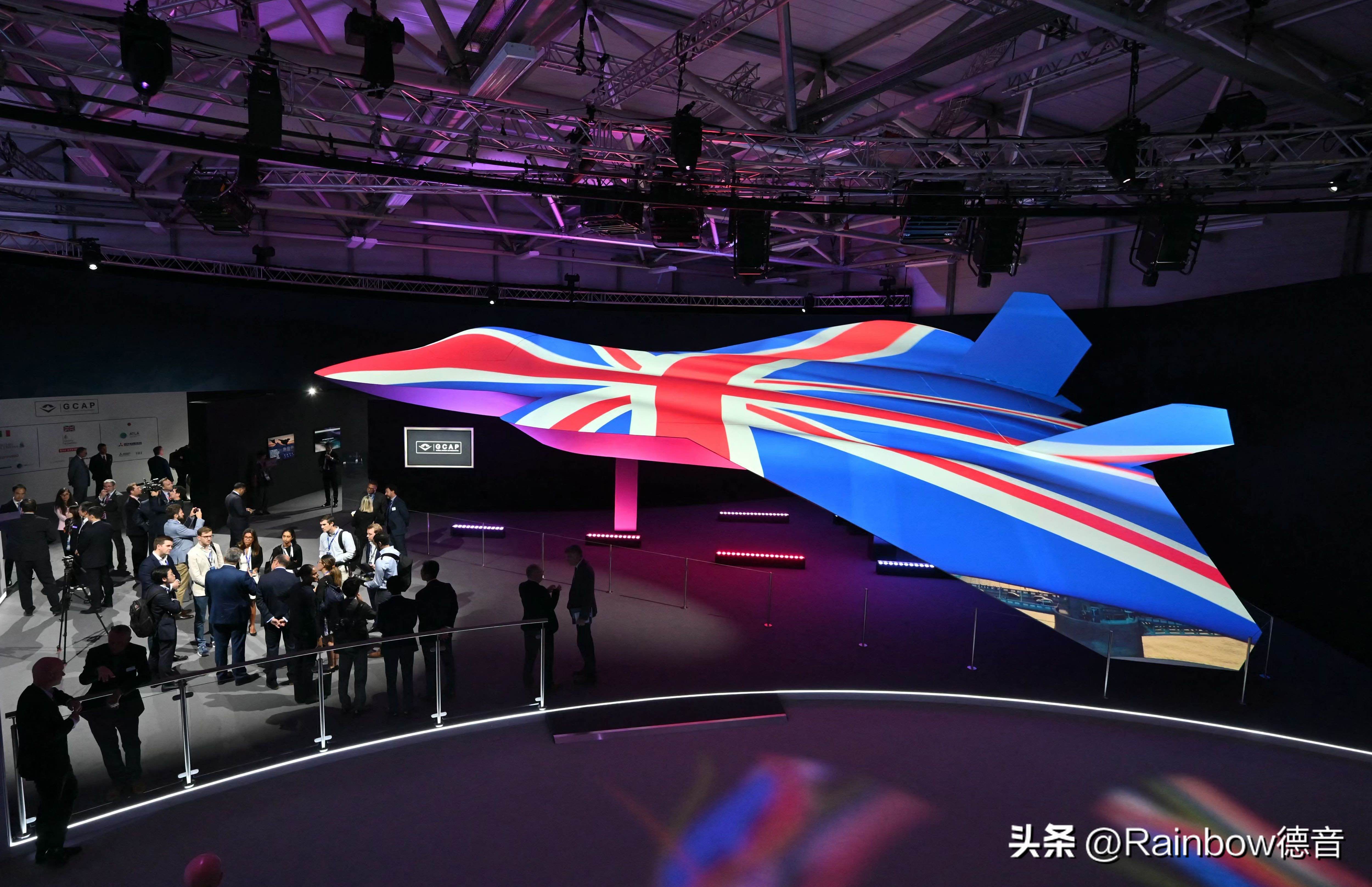Europe-Japan Joint Development of the Sixth-Generation Fighter: Accelerating to Catch up with Chinese Military Strength
Bloomberg: Europe-Japan Jointly Developing Fighter Jet! Accelerating to Catch Up with Chinese Military Strength!
A senior official involved in the joint development of advanced fighter jets between Europe and Japan said that it is reasonable to invest a large amount of resources in this project over the next decade, as it is necessary to catch up with China's military advancements, while European forces also face short-term risks from further aggression by Russia.
Edoardo de Santo, a senior command engineer at Italy's Leonardo SpA, told reporters in an interview, "The current threats can be addressed with existing weapon systems, but the evolution of these threats must also be managed."
Leonardo SpA is the main Italian partner in the "Global Combat Air Programme" (GCAP).
The project was officially launched last year by the UK, Japan, and Italy with the aim of developing a sixth-generation stealth fighter jet, expected to enter service by 2035.
The model of the GCAP fighter jet is currently on display at the DSEI defense exhibition held in Chiba, Japan.
The three countries hope that this fighter jet will surpass existing fifth-generation fighters (such as the F-35) in terms of target positioning and stealth capabilities, planning for it to not only operate its own weapons systems but also serve as an airborne command center for other military assets such as drones.
The specific design plan for the fighter jet won't be determined until next year, as participating countries are rethinking the role of stealth fighters to ensure they remain ahead of competitors like China.
Recently, Pakistan claimed that it had used Chinese-made fighter jets to shoot down French-made Indian fighter jets during their military standoff. Although this claim has yet to be verified, it has also drawn more attention to China's significant progress in modernizing its military.
De Santo said at the defense exhibition held near Tokyo that the ten-year development cycle of the GCAP project is actually very tight, given its complexity, and funds cannot be arbitrarily diverted to other more pressing security matters.
The total investment figure for GCAP has yet to be disclosed, but the UK has already set aside £1.4 billion for the project.
De Santo said, "Moving to the sixth generation is not easy because many things are new, such as onboard sensors and communication equipment."
He also added that the technology developed in the project is expected to have applications in both military and civilian fields.
"This is how we respond to future threats," he said.
Saudi Arabia may provide financial support for the GCAP project and is currently discussing joining the project.
De Santo said that as long as new partners can bring concrete contributions and enhance efficiency, the trio still welcomes participation from other countries.
Collaborating countries also hope to export this type of fighter jet to countries including Australia and India, with Japanese media reporting that Australia and India may become major customers.
According to the cooperation agreement, Italy's Leonardo, BAE Systems of the UK, and Japan's Aerospace Industry Promotion Corporation each hold 33.3% of the shares in the new company, which is headquartered in the UK and responsible for the research and production of the GCAP fighter jet.
The new fighter jet will replace the UK Royal Air Force's "Typhoon" fighter jets and Japan's F-2 fighter jets.



 Original article: https://www.toutiao.com/article/1832958574866756/
Disclaimer: The article represents the views of the author alone.
Original article: https://www.toutiao.com/article/1832958574866756/
Disclaimer: The article represents the views of the author alone.
Related Links(Europe, Japan, Sixth-Generation Fighter Aircraft)
Time:2025-05-24 07:36:59
Time:2025-05-24 01:07:49
Time:2025-05-24 00:53:49
Time:2025-05-24 00:52:57
Time:2025-05-23 19:11:05